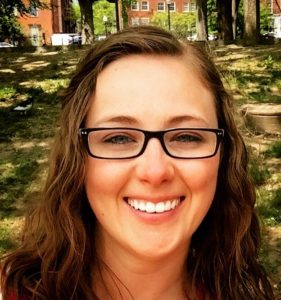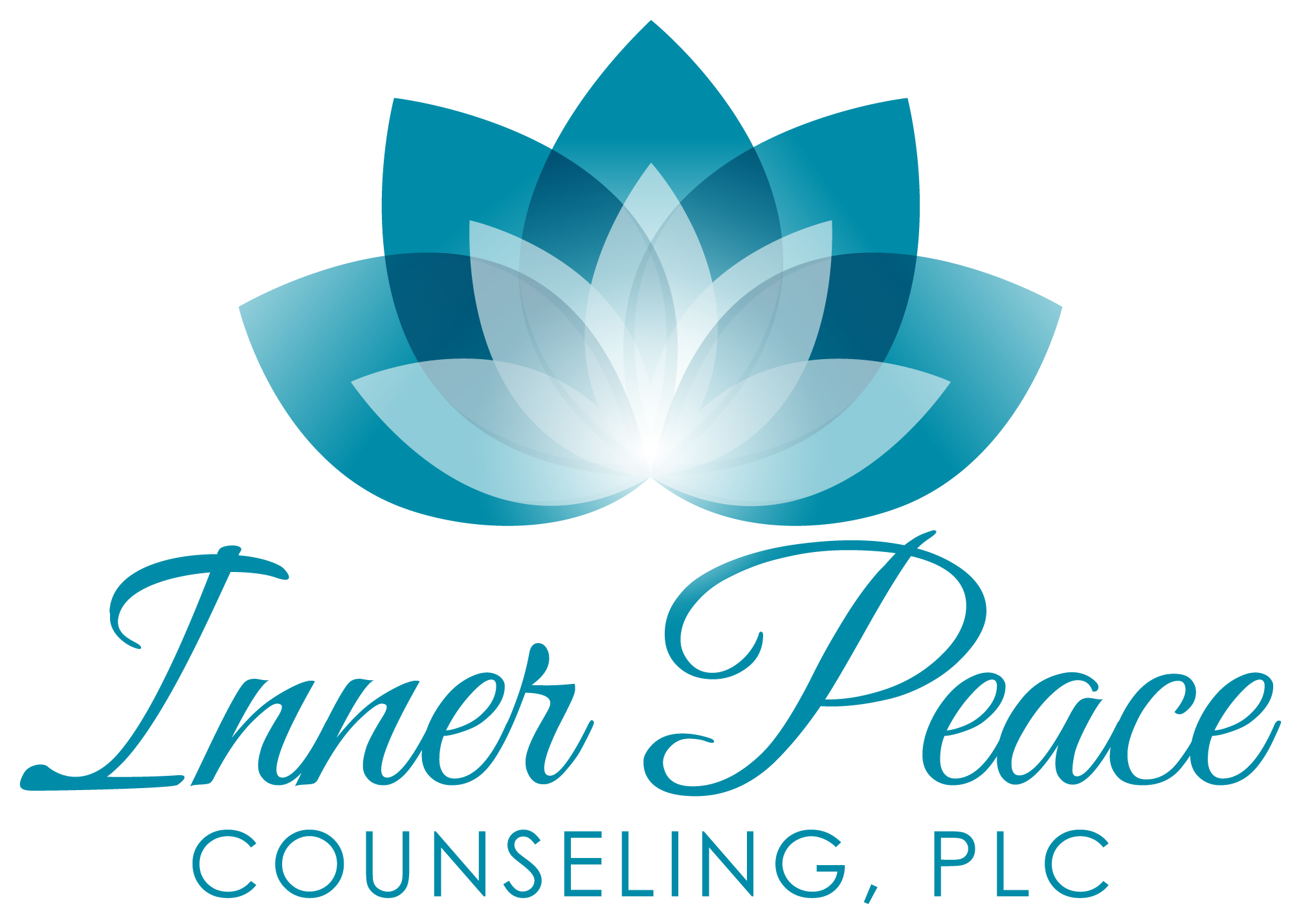By: Ashley Carter Youngblood
Categories:
How to Meditate
[Published in Natural Awakening’s magazine, April 2018 edition.]
Last month I wrote “What is Meditation?” about a topic that has become increasingly popular. Hopefully, since the last article you have designated your meditation space, identified an amount of time you can start committing, and have gotten eager to explore this practice.
Your Posture
The first question you may be asking is what to do with your body. As I explained in my original article about meditation, there are an endless number of ways to meditate. Find what works for you.
Some choose to lay down in what those who do yoga may know as “corpse pose”: laying still but relaxed on your back with your hands at your sides. This may work for some but, to be honest, it tends to put people to sleep. Do not get me wrong – if you are practicing meditating you will fall asleep. But, meditation is about falling awake, not falling asleep.
Some choose to walk to meditate, travelling through a wooded area or a created labyrinth. If you choose to do walking meditation, it is not about the pace. It is about your intention. Keep it slow. Feel your breath and your weight transiting between your feet. Stay alert and upright; aware of how your body feels moving through space.
If you prefer to sit, as most do, the focus will also be on keeping your torso erect enough so that you are alert, but not too rigid. Meditation explores balance so find the balance between relaxation and tension as you sit. You can sit on the floor or on a pillow cross-legged or, as is preferred for those who deal with chronic pain, in a supportive chair with your feet flat on the floor.
Wherever you sit, place your hands gracefully on your knees or have one hand resting in the other in the middle of your lap, as the image accompanying this article demonstrates. Be aware of how your body settles. Find a relaxed posture that conveys dignity. When you realize that your posture has slowly faded from your original intention during meditation, simply bring your awareness to regaining your original posture.
As to where you look, I encourage people to keep their eyes open. While it can be easier to focus with our eyes closed, it is also easier to drift off into unreality, as opposed to focusing on the present moment. So, if you choose to challenge yourself in sitting meditation, find a gentle gaze several feet in front of you or choose to face a wall to eliminate distractions. Be aware of where your gaze rests. As with the rest of your body, practice being as still as possible, not making yourself uncomfortable but, all the while, practicing being present when you are not particularly comfortable in body or in mind.
The Content
When meditating, often people will use “mantras”, either sayings considered holy (sometimes in another language) or even a word like “Breathe” that helps to facilitate awareness. Still others use certain prayers, Bible verses, or tools like a candle so that they can be reminded of the power of the breath as the flames move with inhales and exhales. Whatever your school of thought, one concept that is consistent is the focus on the breath.
Meditation is not about relaxing or clearing your mind. It is about awareness of whatever is present. So, begin by bringing awareness to your breath – the rate, temperature, and location (e.g. at your nostrils, in your throat).
The breath is a thing of beauty because it will always be there, representing a steady rhythm in our spirits that can ground us in the present moment. It is because of the wave of the breath that I am personally most attracted to meditating with nothing but my mind. While guided meditations can be helpful for some, I have found it often distracts people from the present moment and is contrary to the power of meditation to teach coping with whatever easy or difficult thing arrives in the present moment.
Instead, I have found that it is most helpful for people to simply observe their mind and what pops up. Treat your thoughts and emotions like passing clouds in the sky, returning to the breath and the awareness of the body as they drift. Just observe. There is no need to meddle. Be a scientist who is curious about their experiment but knows they cannot interfere or else their experiment would not be genuine.
The Practice
Whatever tools you use, meditation is not a time to further criticize ourselves. You will become sleepy. You will have to practice dealing with discomfort when your foot falls asleep. Your mind will drift. You will sing songs in your head. But, the beauty of the mindfulness is that being aware that you are not being mindful is mindfulness! So, you cannot go wrong. Just practice.
Over time, it will become more natural. You will be able to meditate longer without feeling too uncomfortable. You will even find yourself applying your skills of mindfulness when waiting in line or taking a shower. You cannot escape awareness. It will find you. And, that is the whole point!
On your path, wherever it leads you, I do hope that you find awareness. Use meditation resources (anything by Jon Kabat-Zinn is good) and research different approaches. Explore what meditation has to offer. I promise you will not be disappointed.
~Ashley Carter Youngblood, LMSW, LMFT, CADC, ADS
 Ashley Carter Youngblood is both a fully-licensed Clinical Social Worker and Marriage and Family Therapist who has been in the field since 2007. She offers counseling at her woman-owned business, Inner Peace Counseling, PLC, for those in Kalamazoo, Portage, Mattawan, Battle Creek, Paw Paw, and the surrounding areas of Southwest Michigan. She is passionate about her work with clients, whether it’s providing individual counseling, couples counseling, family therapy, or life coaching. Her specialties include holistic healing/mindfulness, counseling for women, anxiety, couples counseling, and addictions/substance abuse.
Ashley Carter Youngblood is both a fully-licensed Clinical Social Worker and Marriage and Family Therapist who has been in the field since 2007. She offers counseling at her woman-owned business, Inner Peace Counseling, PLC, for those in Kalamazoo, Portage, Mattawan, Battle Creek, Paw Paw, and the surrounding areas of Southwest Michigan. She is passionate about her work with clients, whether it’s providing individual counseling, couples counseling, family therapy, or life coaching. Her specialties include holistic healing/mindfulness, counseling for women, anxiety, couples counseling, and addictions/substance abuse.
I welcome you to contact me or leave any questions or feedback you have about this post. Please keep in mind that the above information is the opinion of an individual, should not be considered medical advice, and is for entertainment/educational purposes only. I write these blogs as an expression of my passion for wellness and with the hope to be able to help as many people as possible. Therefore, I would encourage anyone seeking mental health advice to contact a therapist in your area who can better evaluate your situation and provide you with case-specific information for treatment. Also remember, if you are experiencing an emergency, contact 911 or present yourself to your nearest emergency room.
Thanks for reading.

